Pop Culture
From Taylor Swift to Lana Del Rey—the Musicians Nodding to Art History in Song
Lana del Rey, Phoebe Bridgers, and Lorde are fellow singer-songwriters who used art as a romantic metaphor.
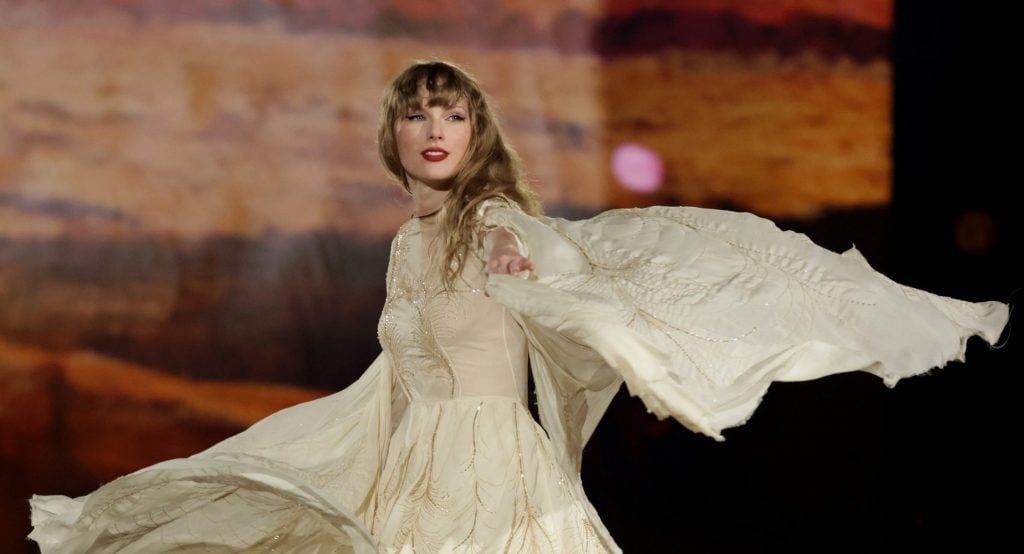
Lana del Rey, Phoebe Bridgers, and Lorde are fellow singer-songwriters who used art as a romantic metaphor.

Jo Lawson-Tancred

You’d be forgiven not having yet made your way through all 31 tracks of the new Taylor Swift album The Tortured Poets Department, even if hardcore Swifties have already decoded exactly which songs are about Joe Alwyn, Matty Healy, or Travis Kelce.
They may also have noticed an art-inspired metaphor on the sultry-turned-sulky track 12, “loml,” a common internet acronym for “love of my life.” In this case, sadly, it more likely means “loss of my life.” Rumored to be about Alwyn, Swift’s long time beau between 2016 and 2023, the song reminisces on a relationship that went from love at first sight to frequent fights and fading feelings.
Or, in one tortured poet’s words, “your Impressionist paintings of heaven turned out to be fakes.”
Online commentators have speculated that this line may refer to an old lyric “you paint dreamscapes on the wall,” from “peace” on folklore (2020). Either way, it seems, Alwyn’s en plein air efforts failed to convince Swift. Perhaps she’s more of an AbEx girl.
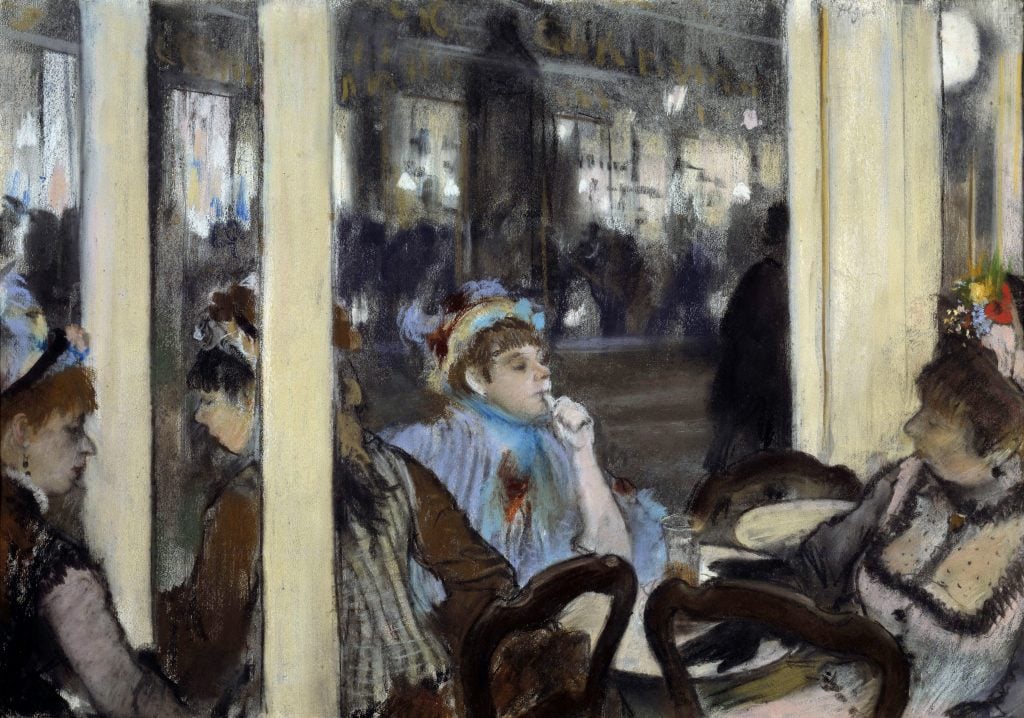
Edgar Degas, Women on a cafe terrace (1877). Photo: Leemage/Corbis via Getty Images.
Nobody likes to find a forgery on their hands but the likes of Monet, Cassatt, Degas, and Renoir weren’t exactly known for their painterly depictions of the celestial city. In fact, their work represented a break from such religious or historical epics in favor of more down to earth, everyday subjects like bathers by a lake or Paris’s seedy nightlife.
Taylor Swift may have missed art history class, but she is hardly the first singer to search a gallery for her next romantic metaphor. Artnet News takes a look at some other attempts.
Lana del Rey
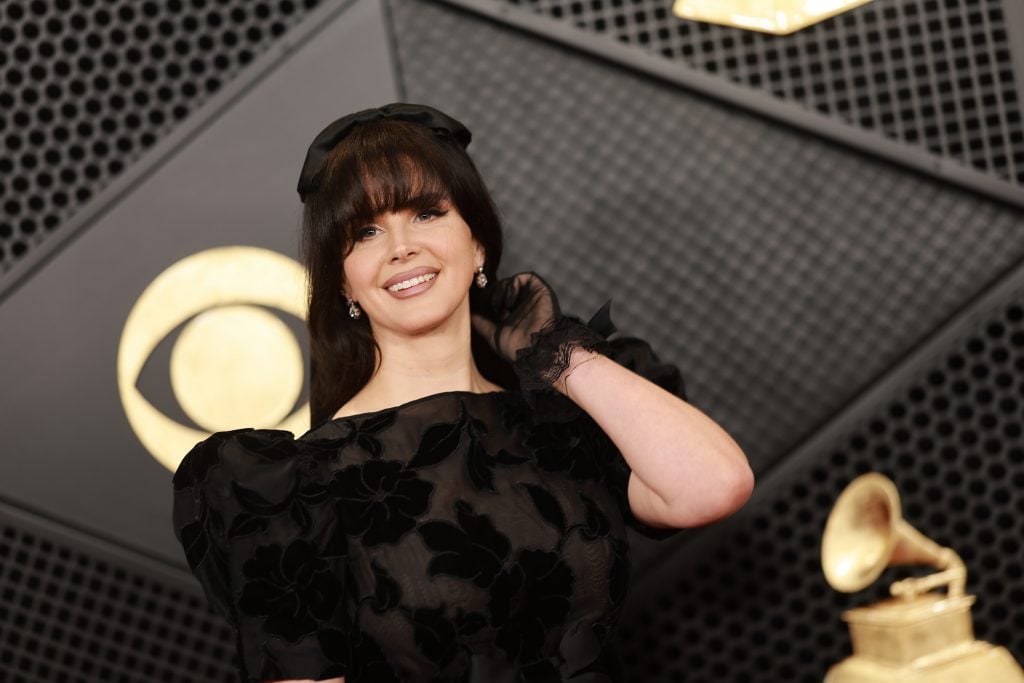
Lana Del Rey attends the 66th GRAMMY Awards at Crypto.com Arena on February 04, 2024 in Los Angeles, California. Photo: Matt Winkelmeyer/Getty Images for The Recording Academy.
Nobody writes a wistful refrain quite like Lana del Rey, celebrated for her blend of nostalgic references. Who can forget her magnum opus Norman Fucking Rockwell (2019), in which she name checks the illustrator behind the archetypal images of midcentury American life. On “Venice Bitch,” she croons: “Give me Hallmark, one dream, one life, one lover, paint me happy in blue, Norman Rockwell, no hype under our covers.”
It was not the first time she’d imbued a ballad with allusions to the visual arts. Over the soft synths of “Art Deco,” from the 2015 album Honeymoon, Lana admires the effortless cool of a “club queen” spotted “on the downtown scene, prowling around at night.”
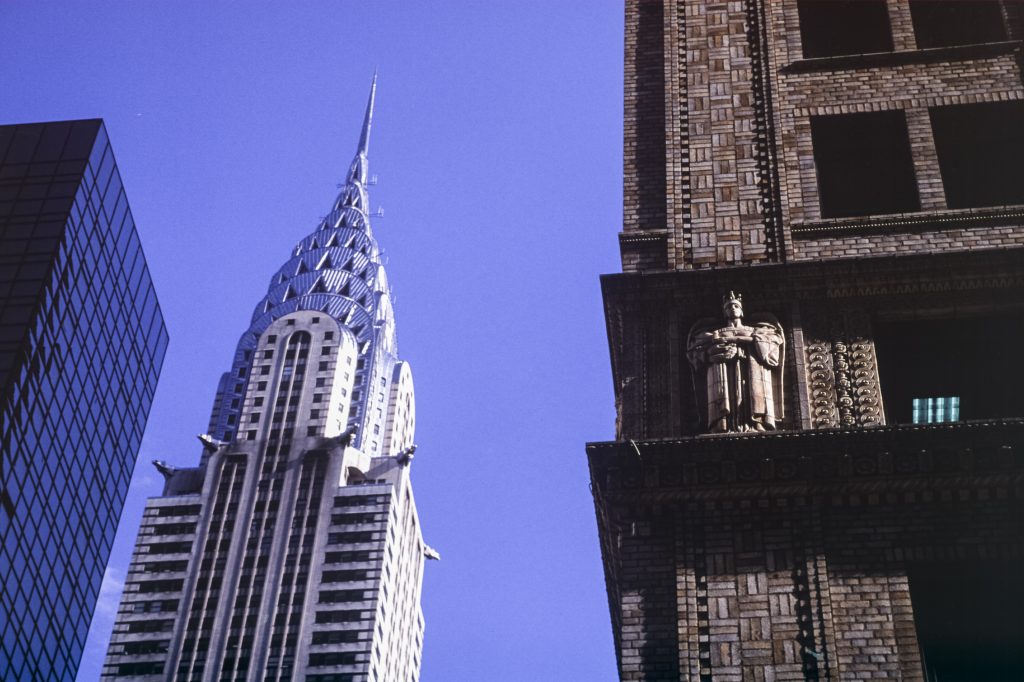
Art Deco icon the Chrysler Building in New York. Photo: Franck CHAREL/Gamma-Rapho via Getty Images.
“You’re so Art Deco out on the floor,” she declares, breathlessly. How can a person possibly be Art Deco, you might ask. “Shining like gunmetal, cold and unsure,” Lana explains. The comparison is quintessentially del Rey, drawing on Art Deco’s sleek, angular style to evoke the bygone luxury of the roaring twenties. Listeners are swiftly pulled down to earth with the next, rather more tone deaf, line: “Baby, you’re so ghetto, you’re looking to score.”
Can we expect more artistic interpretations from Lana’s upcoming album Lasso, out this fall? Maybe. After all, “life imitates art,” as Oscar Wilde’s observation goes. That adage was borrowed by Lana for her 2012 hit “Gods & Monsters.”
Phoebe Bridgers
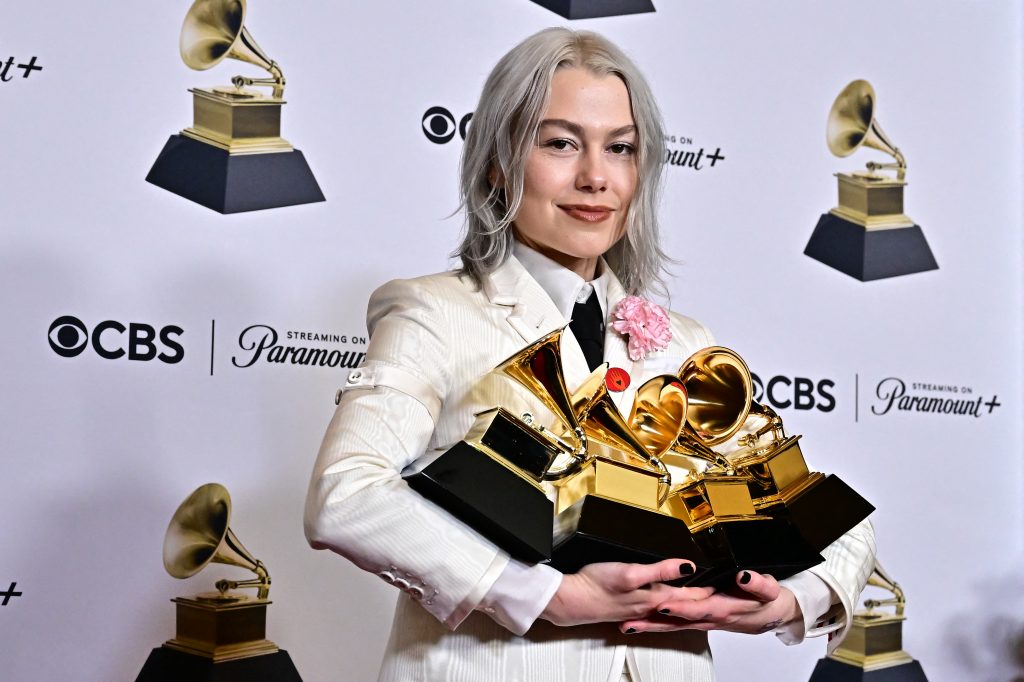
US singer-songwriter Phoebe Bridgers poses in the press room at the Grammy Awards in 2024. Photo: Frederic J. Brown/AFP via Getty Images.
The indie-folk singer-songwriter Phoebe Bridgers has never been known to shy from making sad songs filled with beauty, irreverence and harrowing detail. “ICU” is one such depressing ditty from her acclaimed album Punisher (2020) about a break-up with her ex-boyfriend and current drummer Marshall Vore, who is bizarrely one of the song’s co-writers.
“I feel something, when I see you now,” sings Bridgers. Whatever this feeling is, it’s not Stendhal syndrome, the state of being so enthralled by artistic beauty that you experience physical symptoms. “If you’re a work of art, I’m standing too close, I can see the brushstrokes,” she concludes. And they say art criticism is dead.

A visitor views Henri Matisse’s artwork Madame Matisse in the Olive Grove during the exhibition “Vertigo of Color: Matisse, Derain, and the Origins of Fauvism” at the Metropolitan Museum of Art in New York, the United States, on Oct. 26, 2023. Photo: Li Rui/Xinhua via Getty Images.
Still, for some artists this would not be such a damning review. Think of Matisse, who crudely applied bold strokes of color directly onto untreated canvas. Those early Fauvist masterpieces may not be to Bridgers’s liking but, over one century later, they remain on permanent display at museums like MoMA and Tate Modern.
Anyway, with this lyric, Vore got off surprisingly lightly. “I hate your mom,” Bridgers continues. “I hate it when she opens her mouth. It’s amazing to me how much you can say, when you don’t know what you’re talking about.” Now, that’s a pan!
Lorde
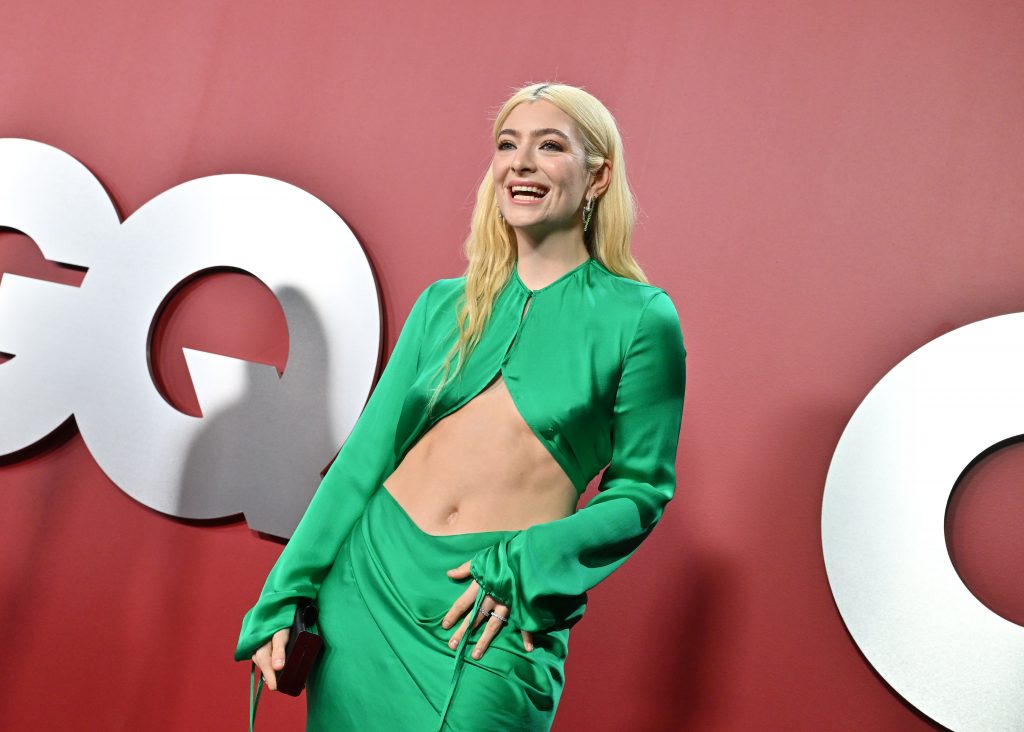
Lorde attends the 2023 GQ Men of the Year at Bar Marmont on November 16, 2023 in Los Angeles, California. Photo: Axelle/Bauer-Griffin/FilmMagic.
In “The Louvre,” a lively anthem about a youthful summer fling on the otherwise yearning break-up album Melodrama (2017), Lorde enjoys obsessing over details about her new crush. “Drink up your movements, still I can’t get enough,” she gushes. “I overthink your punctuation use, not my fault, just a thing that my mind do.”
By the second verse, the Kiwi songstress admits she’s canceling all plans to see this person. “But we’re the greatest,” she reasons, “they’ll hang us in the Louvre.” Wow! “Down the back,” she allows, “but who cares? Still the Louvre.”
When in the throws of infatuation, it can be famously hard to gain perspective or communicate to others the magnitude of your excitement. For Lorde, her fledgling romance felt like it deserved a spot alongside masterpieces like the Mona Lisa, Delacroix’s Liberty Leading the People, and the Venus de Milo at one of the world’s most famous art museums. Or, at least, if it not on the same wall then in the same building.